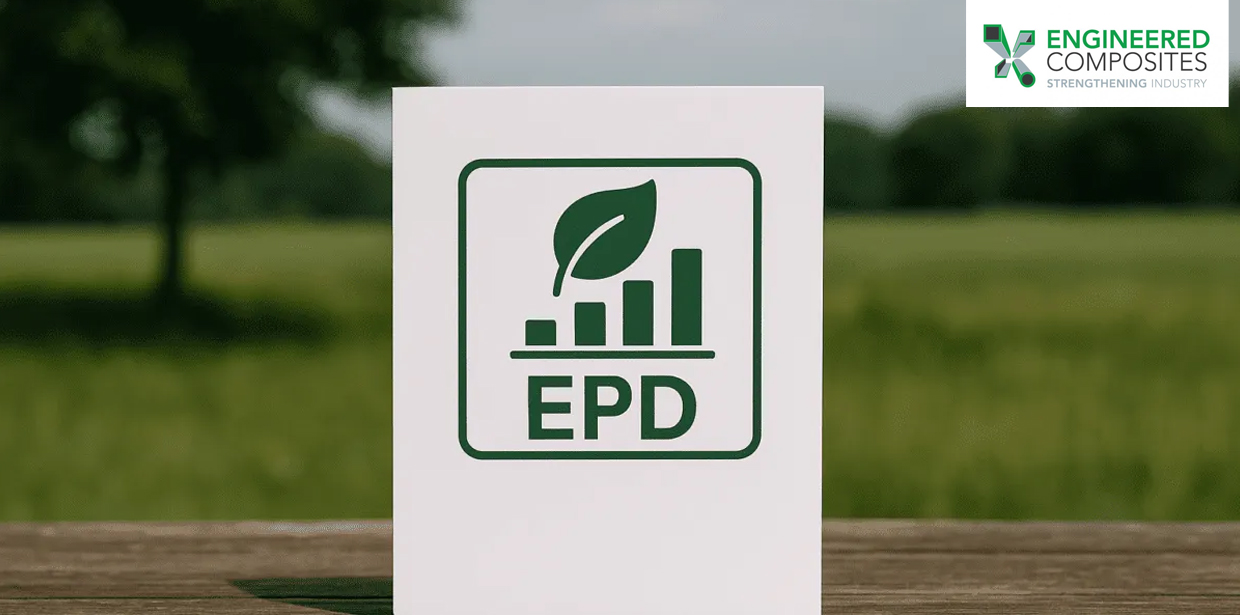Engineered Composites Advances EPD-Compliant GRP Solutions for Sustainable Construction
BY Composights
Published: 26 Jun 2025
As the construction
industry sharpens its focus on carbon reduction and transparency, Engineered
Composites is reinforcing its sustainability commitments by aligning its GRP
(Glass Reinforced Plastic) product range with Environmental Product Declaration
(EPD) standards. The move aims to equip architects, contractors, and
specifiers with the data-driven tools needed to meet evolving regulatory and
procurement demands.
An Environmental
Product Declaration is a third-party verified document that details a product’s
environmental impact across its lifecycle, from raw material extraction to
end-of-life disposal. Compliant with standards such as EN 15804 and ISO 14025,
EPDs are increasingly critical for projects aligned with frameworks like BREEAM,
LEED, and PAS 2080.
“EPDs allow us to
quantify and communicate the sustainability advantages of GRP with scientific
accuracy,” said a spokesperson from Engineered Composites. “They transform our
materials’ performance into actionable data that supports sustainable procurement
and design decisions.”
GRP’s inherent benefits, including its lightweight, corrosion-resistant, and low-maintenance properties, make it well-suited for long-term infrastructure use. When these qualities are validated through an EPD, they provide measurable sustainability metrics. For example, reduced transport emissions and a longer lifespan contribute to lower whole-life carbon values, which are increasingly necessary in public and private sector tenders.

By offering verified environmental data and supporting documentation, the company enables clients to integrate GRP into ESG reporting, supply chain audits, and low-carbon construction targets. Additionally, the team provides technical support and Life Cycle Assessment (LCA) summaries to assist specifiers working on Net Zero-aligned projects.
From railway platforms to marine walkways and wastewater facilities, GRP products backed by EPDs are becoming preferred solutions in sectors prioritising longevity, resilience, and carbon accountability.
As governments and developers push toward Net Zero construction targets, Engineered Composites’ commitment to EPD-aligned GRP reinforces its role as a strategic partner in delivering sustainable infrastructure.
Source: engineered-composites.co.uk










